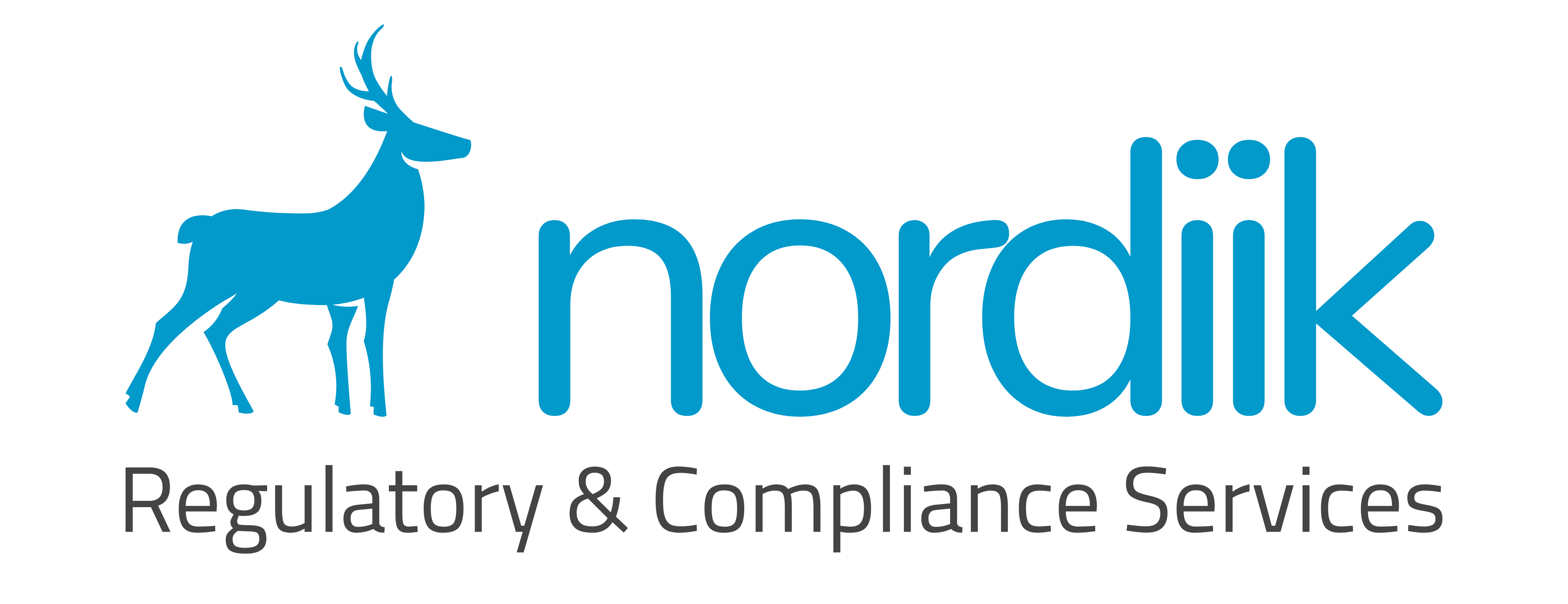BPC February 2024 meeting: ECHA’s Biocidal Products Committee (BPC) has adopted five opinions on active substances under the BPR.
BPC February 2024 meeting highlights: positive opinion on the BPR approval of prallethrin and silver zinc zeolite.
The following opinions on active substances were adopted at the BPC February 2024 meeting according to BPR:
- Supporting the approval of 2-methyl-4-oxo-3-(prop-2-ynyl)cyclopent-2-en-1-yl 2,2-dimethyl-3-(2-methylprop-1-enyl)cyclopropanecarboxylate (prallethrin) for product-type 18 (insecticides, acaricides and products to control other arthropods).
- Supporting the approval of silver zinc zeolite for product-types 2 (disinfectants and algaecides not intended for direct application to humans or animals), 7 (film preservatives), and 9 (fibre, leather, rubber and polymerised materials preservatives).
- Supporting the renewal of cholecalciferol for product-type 14 (rodenticides).
The safety for humans, animals and the environment, as well as the efficacy of active substances, are usually assessed for a limited number of products. Once the active substance is approved, all products based on it need to be assessed using the parameters established during the assessment of the active substance.
For the active substances mentioned above, this is relevant for prallethrin, where only indoor use of the products has been assessed. Using the parameters now established for prallethrin, it will have to be determined whether outdoor uses of products based on prallethrin can also be considered safe.
Prallethrin
Prallethrin is a chemical compound commonly used as an insecticide in pest control products. Its effectiveness lies in its ability to interfere with the nervous system of insects, leading to their paralysis and eventual death. This substance has been highlighted for its selective action, mainly affecting insects without posing a significant risk to humans and other non-target organisms.
In the domestic sphere, prallethrin is present in various insecticides for the control of mosquitoes, flies and other flying insects. The rapid breakdown of this substance minimizes the risks to human health, making it a safe option for combating pests in residential environments.
Prallethrin has only been assessed for indoor use. Further assessment is needed for its outdoor use.
Although prallethrin is generally safe for humans, it is essential to follow the directions and precautions for use provided by the manufacturers. It is recommended to avoid direct exposure and excessive inhalation of products containing prallethrin to prevent possible adverse effects.
Silver zinc zeolite
Silver zinc zeolite is an active substance widely used for its antimicrobial properties. This combination of elements provides significant benefits in inhibiting the growth of bacteria and other microorganisms. Its use extends to products such as textiles, plastics and coatings, where zeolite acts as an agent that contributes to maintaining hygiene and reducing the proliferation of pathogens.
The controlled release of silver and zinc ions helps to effectively combat bacteria, providing long-lasting antimicrobial properties and improving the durability of products that contain it. This innovative approach has become essential in the manufacture of items intended for environments where infection prevention and hygiene are priorities, such as medical devices, hospital textiles and frequently touched surfaces. Silver zinc zeolite has thus become a valuable option to address health and safety challenges in various applications, ensuring safer and more protected environments against the proliferation of unwanted microorganisms.
Do you need help complying with the Biocidal Products Regulation (BPR)? Nordiik can help you, contact us!
Source: ECHA
Image: Freepik









